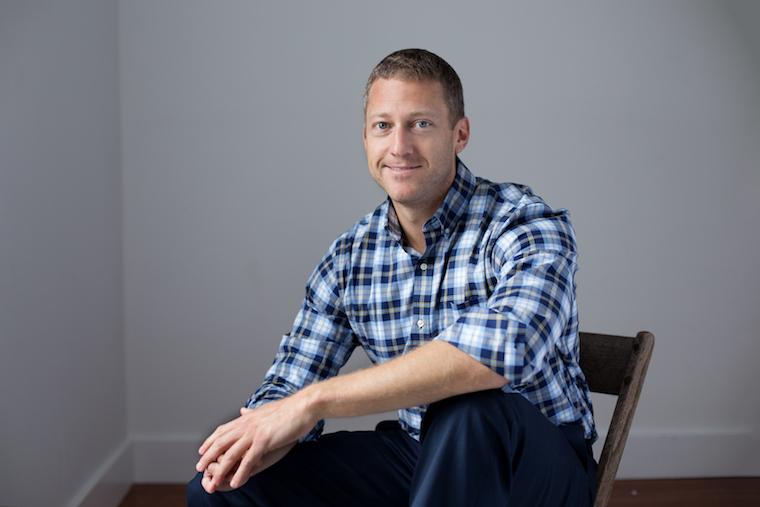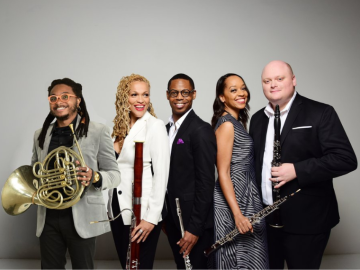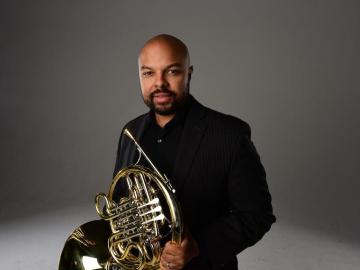A Conversation with Matthew Bahar, Assistant Professor of History
February 21, 2019
Communications Staff

Assistant Professor of History Matthew Bahar discusses his new book, which explores the history of American Indian raids on European sailing ships in the Northeast Atlantic during the colonial period.
When did you begin teaching at Oberlin?
In fall 2012, a couple months after I finished graduate school at the University of Oklahoma.
What is your research focus, and what courses do you teach?
I’m a historian of early America who specializes in American Indian, imperial, and maritime history during the colonial period. My next book project conceptualizes shipwrecks along the Atlantic littoral [near the shoreline] as generative and destructive sites of cultural encounter between American Indians and Europeans, from the sixteenth to the eighteenth century. I teach survey courses on early America and American Indians, upper-division seminars on the early modern Atlantic world, violence and terror in early America, and American Indians and empires in early America, and a First-Year Seminar on the global history of piracy. Over the next couple years I hope to offer two new classes, a lecture course on the American Revolution and an upper-division seminar called 1492 Revisited.
Your new book, Storm of the Sea: Indians and Empires in the Atlantic’s Age of Sail (Oxford University Press, 2018) uncovers little-known history about American Indian raids on European sailing ships in the north Atlantic. How did you become interested in this line of research?
Research for the book began with my PhD dissertation and continued through my first few years at Oberlin. In graduate school, I wanted to craft a project that brought together Atlantic world history and Native American history, two flourishing subfields of early America that at the time weren’t really in dialogue. After exploring possible subjects for a maritime history of Indians, I settled on the Wabanaki of northern New England and the Canadian Maritimes because they’re one of the few native people in the Northeast who have managed to remain on their ancestral homelands near the sea. I traveled to archives at home and abroad where I researched letters, journals, diaries, and treaties. I read volumes of archaeological and historical studies, ethnographies, and American Indian oral traditions. And I slowly uncovered bits and pieces of a remarkable past that for too long had gone unrecognized. The process of researching and writing the book reignited my appreciation for the spirit of discovery that first drew me to history as a profession.
What are some key discoveries from your work on this book?
Wabanaki assimilated sailing technology very quickly after Europeans began arriving in the Northeast on a consistent basis during the late sixteenth century. They appropriated it most often through theft, but in some instances, they crafted their own versions of ships modeled after European imports. At other times they even borrowed ships when colonial owners weren’t looking. Indians used their sailing vessels for a variety of purposes: to raid native and English settlements throughout the Northeast, attack the English fishery off Nova Scotia and Newfoundland, transport captives, conduct peacekeeping missions, hunt seals, walruses, and whales, and leverage as diplomatic bargaining chips. Sailing technology revolutionized much of Wabanaki life, but it also reinforced some of their longstanding political and economic practices.
Similar processes unfolded with the advent of other technologies in North America, many historians have shown. Horses, for example, first introduced by the Spanish in the Southwest during the seventeenth century, transformed the Comanche and Sioux of the Great Plains into formidable equestrian cultures. Firearms radically altered the demographics, power dynamics, and economies of many other societies across Native America.
What inspired you to become a historian?
My grandparents played a big role. The family stories they told when I was young always captivated me. I recall being amazed at how strange and different their world seemed from mine at the time. Children are very present-minded people. It takes a lot of creativity for them to imagine their grandparents as having been anything but elderly adults. Listening to my grandparents recount their own pasts helped cultivate my imagination and instill empathy with people who went before me.
Storytelling is an important part of what historians do, and it’s one of the things that distinguishes our academic discipline from others. A good historian should be able to tell good stories. Doing so requires imagination and empathy.
Tags:
You may also like…
Peter Takács—A Half-Century Celebrated
May 4, 2024
This spring marks the official conclusion of Takács’ tenure, after an incredible 48 years of teaching. Many of his former students from around the world are set to convene for a celebratory concert in Warner Concert Hall on May 12
Oberlin Presents Grammy-Winning Imani Winds in Concert
February 28, 2024
When flutist Brandon Patrick George ’08 attended Imani Winds’ Artist Recital Series performance back in 2007, he never imagined that he would one day sit in the flute chair. “Being...
David Byrd-Marrow Appointed Horn Faculty at Oberlin Conservatory
February 7, 2024
Versatile American horn player David Byrd-Marrow has been appointed to the tenure-track horn professor position at Oberlin Conservatory. He brings an expansive range of experience and repertoire to the role.


